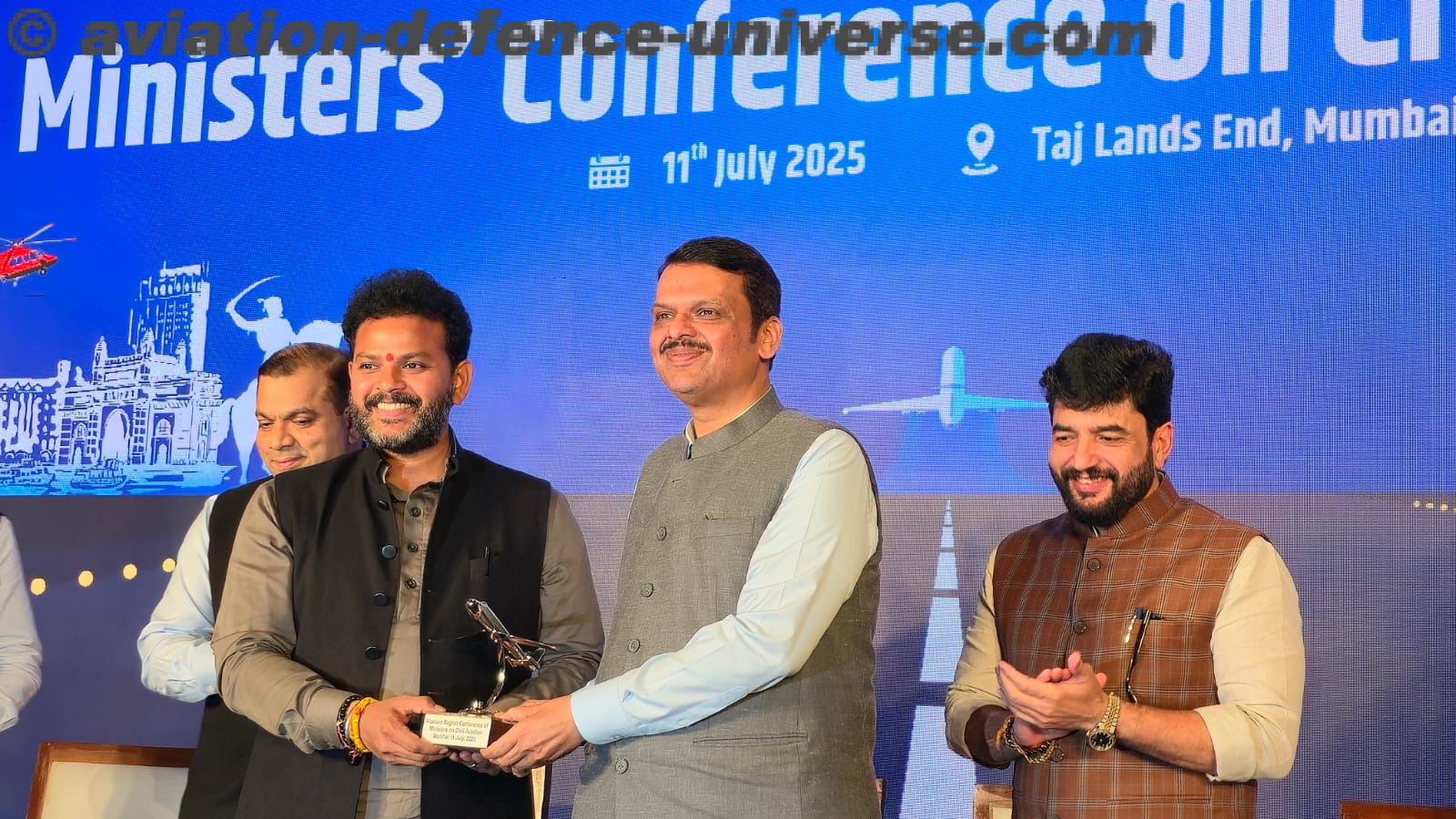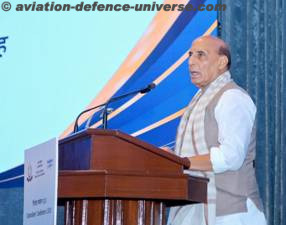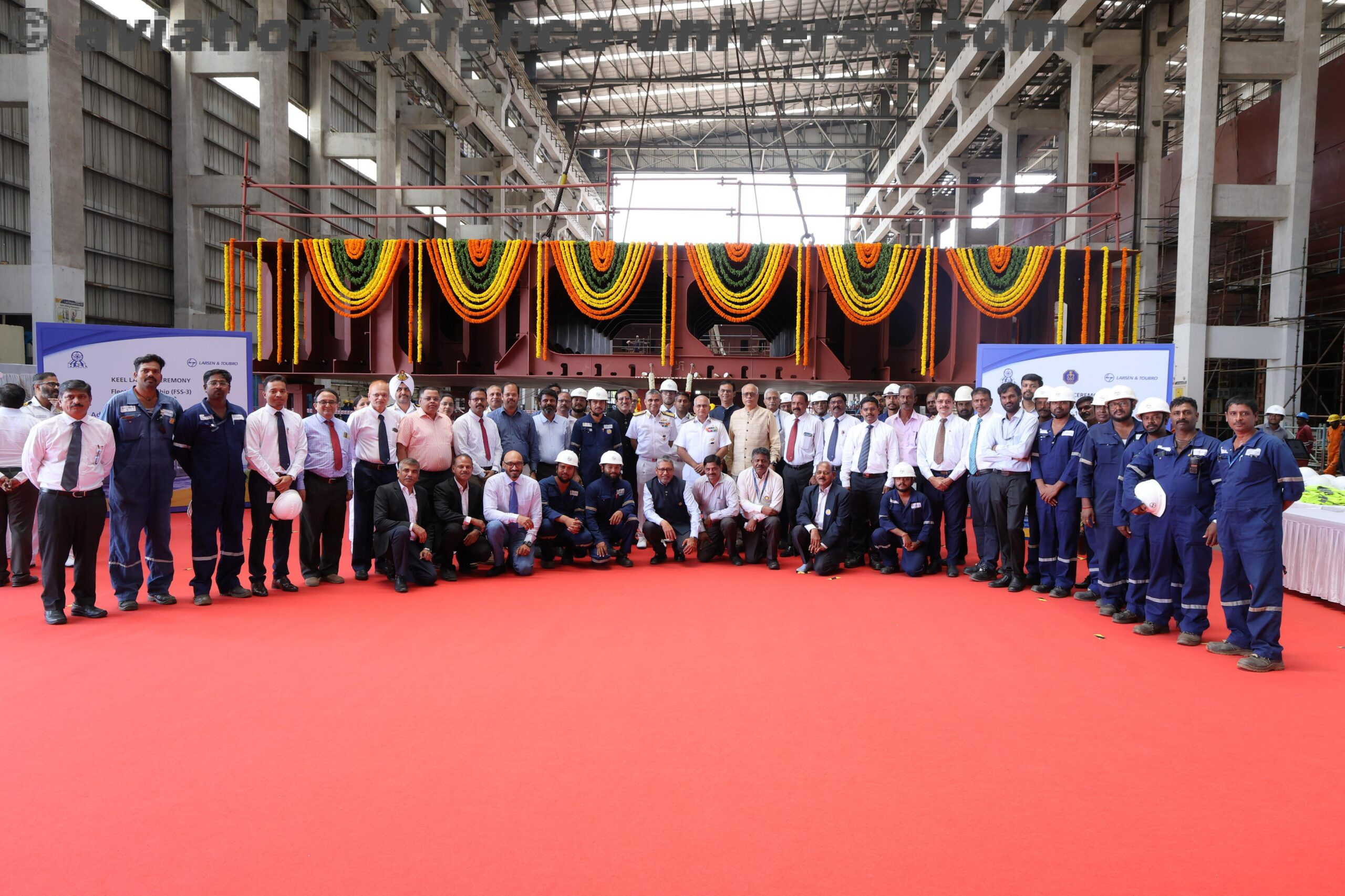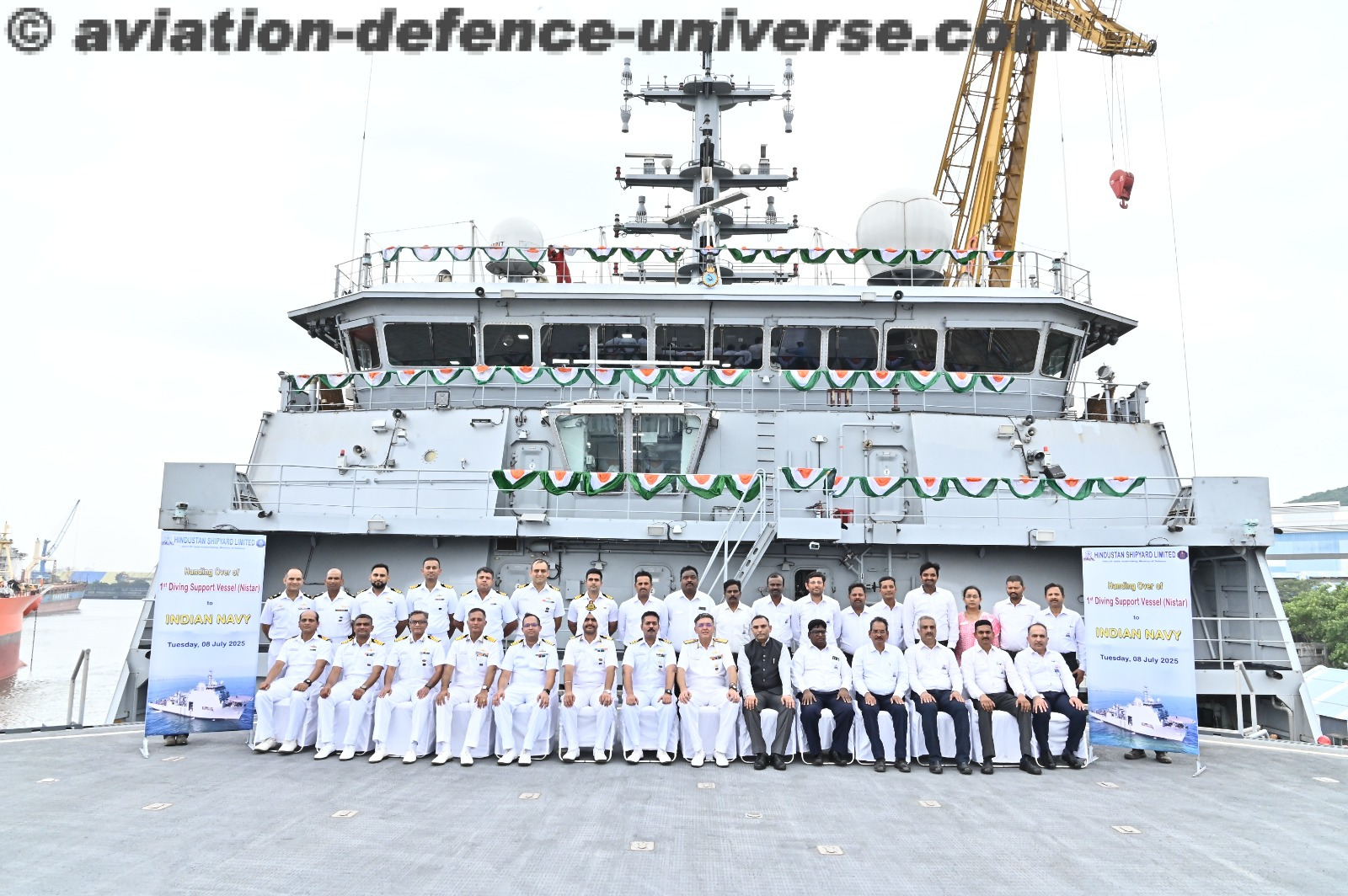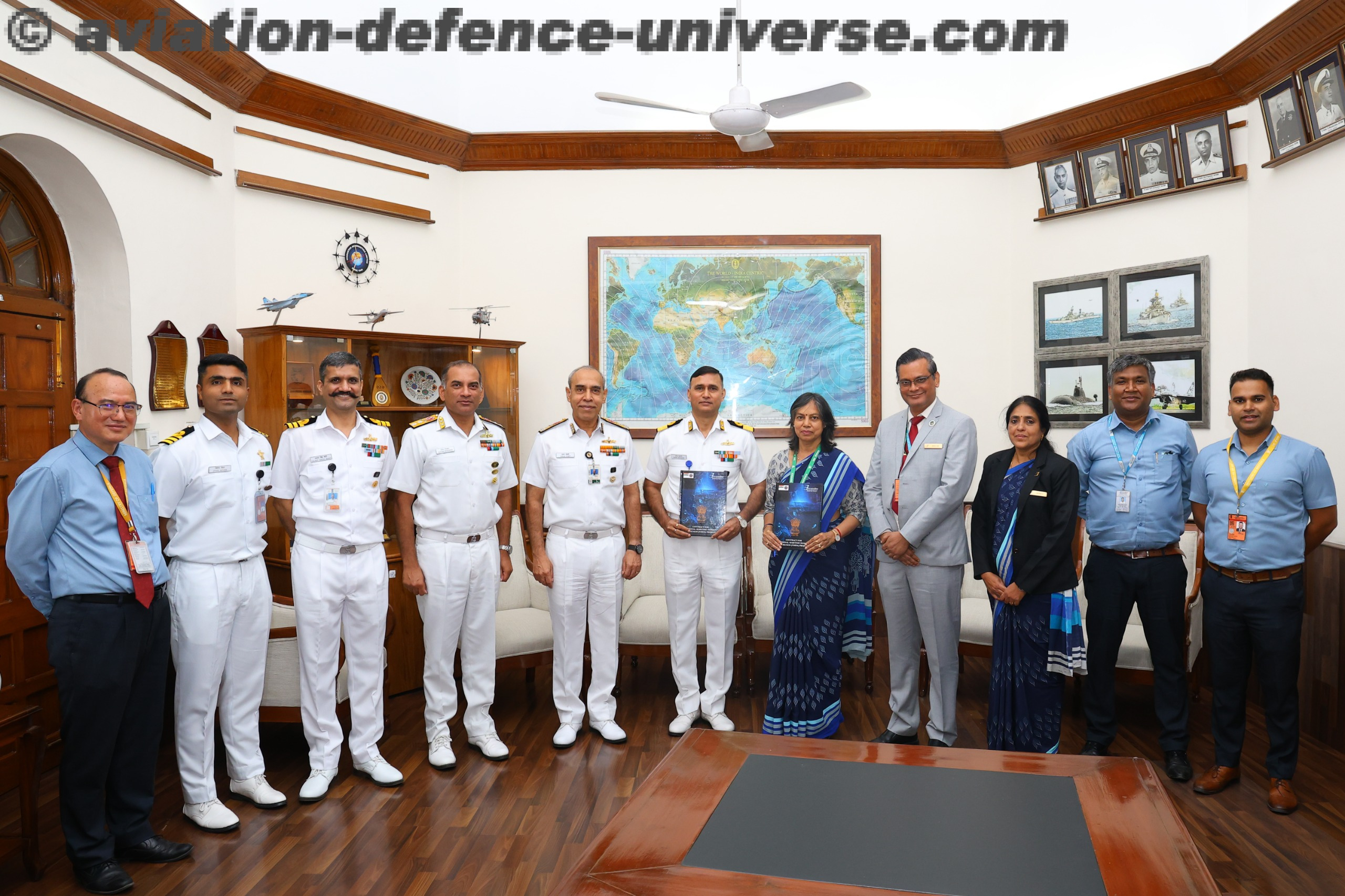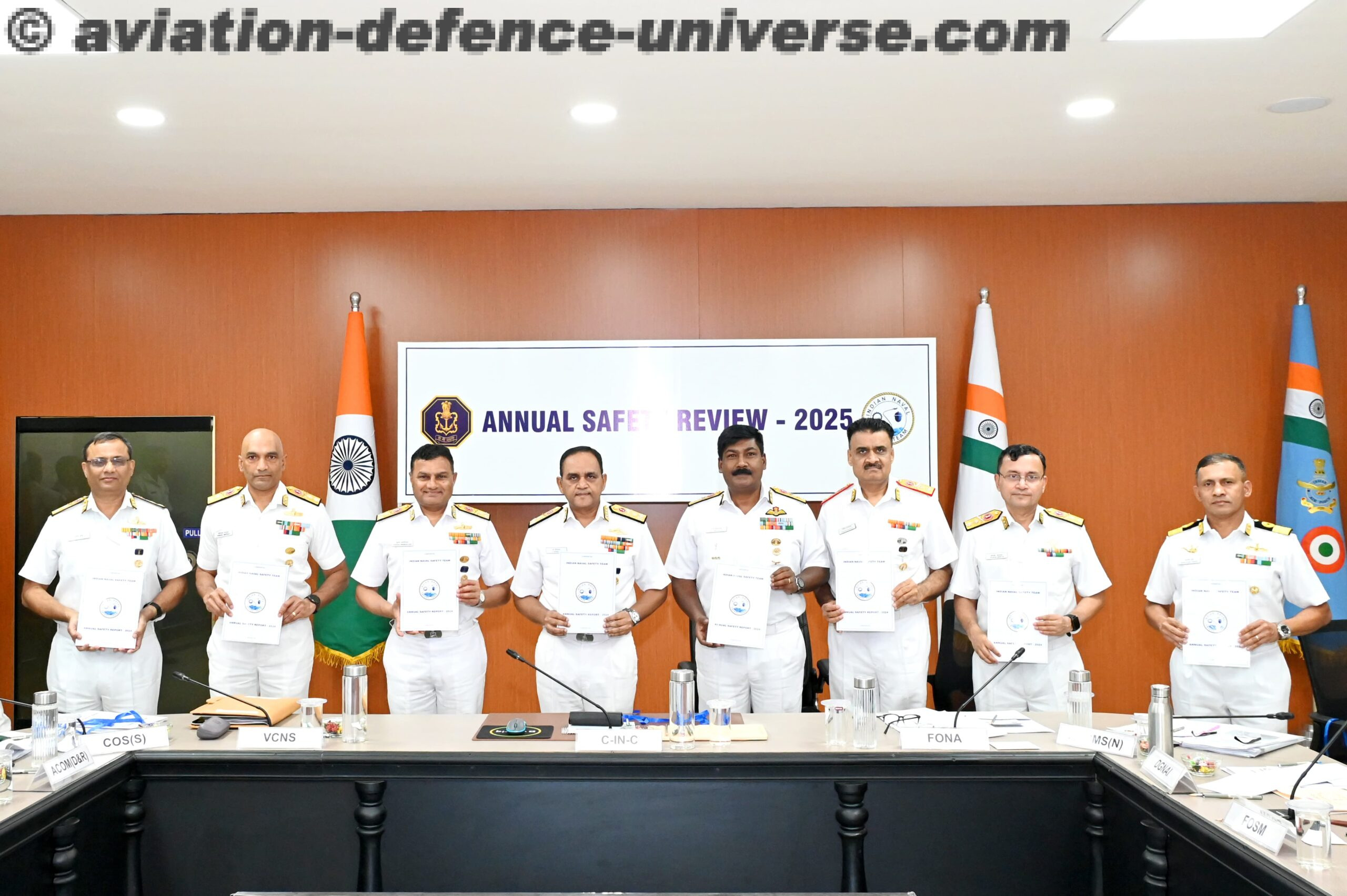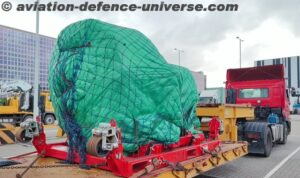- Increased capacity and stronger competition in key markets led to yield moderation, resulting in lower operating profit
- Operational efficiency initiatives helped to keep non-fuel costs in line with the Group’s capacity growth, despite general price inflation
- Group continues to strengthen its foundations with strategic initiatives including the Air India-Vistara merger and S$1.1 billion A350-900 retrofit programme
- Interim dividend of 10 cents per share to be paid on 11 December 2024
 SIA GROUP FINANCIAL PERFORMANCE
SIA GROUP FINANCIAL PERFORMANCE
First Half FY2024/25 – Profit and Loss
The Singapore Airlines (SIA) Group financial performance for the first half FY2024/25 is summarised as follows:
| Group Financial Results | 1st Half
FY2024/25 ($ million) |
1st Half
FY2023/24 ($ million) |
Better/ (Worse)
(%) |
2nd Quarter
FY2024/25 ($ million) |
2nd Quarter
FY2023/24 ($ million) |
Better/ (Worse)
(%) |
| Total Revenue | 9,497 | 9,162 | 3.7 | 4,779 | 4,683 | 2.0 |
| Total Expenditure | 8,702 | 7,609 | (14.4) | 4,454 | 3,884 | (14.7) |
| Net Fuel Cost | 2,730 | 2,283 | (19.6) | 1,360 | 1,230 | (10.6) |
| Fuel Cost (before hedging) | 2,798 | 2,527 | (10.7) | 1,379 | 1,373 | (0.4) |
| Fuel Hedging Gain | (68) | (244) | (72.1) | (19) | (143) | (86.7) |
| Non-fuel Expenditure | 5,972 | 5,326 | (12.1) | 3,094 | 2,654 | (16.6) |
| Operating Profit | 796 | 1,554 | (48.8) | 325 | 799 | (59.3) |
| Net Profit | 742 | 1,441 | (48.5) | 290 | 707 | (59.0) |
The demand for air travel remained healthy in the first six months of FY2024/25, with SIA and Scoot carrying 19.2 million passengers, a 10.8% year-on-year increase. However, passenger traffic growth of 7.9% trailed the SIA Group’s passenger capacity expansion of 11.0%, resulting in a 2.4 percentage point decline in Group passenger load factor (PLF) to 86.4%. SIA and Scoot achieved PLFs of 85.7% and 88.6% respectively.
Strong e-commerce flows and ongoing disruptions to sea freight bolstered the air freight segment. The cargo load factor increased by 4.7 percentage points to 57.4% as the 20.0% rise in loads outpaced the 10.2% increase in capacity, reflecting the strong demand in this sector.
Group revenue rose $335 million (+3.7%) to $9,497 million, with passenger flown revenue up $118 million and cargo flown revenue higher by $42 million. Increased competition and higher passenger capacity in key markets exerted pressure on yields, which fell 5.6%. On the cargo front, yield was 13.4% lower amid the continued recovery in bellyhold capacity.
Expenditure rose $1,093 million (+14.4%) to $8,702 million, driven by a $447 million increase (+19.6%) in net fuel cost and a $646 million rise (+12.1%) in non-fuel expenditure. Net fuel cost reached $2,730 million due to the higher volume uplifted (+$274 million) and lower fuel hedging gain (+$176 million), slightly offset by a 0.4% fall in fuel prices (-$10 million). Despite the impact of general price inflation, the Group kept the rise in non-fuel costs to be largely in line with the 10.6% growth in overall capacity, thanks to its operational efficiency initiatives.
Overall, the Group recorded an operating profit of $796 million in the first half of FY2024/25, down $758 million (-48.8%) from the previous year.
The Group posted a net profit of $742 million, $699 million less than the previous year (-48.5%), primarily due to the weaker operating performance. Other contributing factors included lower net interest income and a loss on disposal of aircraft, spares, and spare engines versus a gain last year. However, relative to last year, share of profits from associated companies was higher and tax expense was lower.
Second Quarter FY2024/25 – Profit and Loss
The Group posted a second quarter operating profit of $325 million, down $474 million (-59.3%) year-on-year. Passenger flown revenue dipped 0.9% to $3,840 million, primarily due to weaker yields (-6.5%). Group PLF decreased 2.8 percentage points to 85.8%, as passenger capacity expansion (+9.7%) outweighed traffic growth (+6.3%). Cargo flown revenue rose by $43 million (+8.3%), driven by strong demand despite a 7.7% decline in yields to 36.2 cents per load tonne-kilometre. Cargo load factor was 3.7 percentage points higher at 57.2%.
Group expenditure rose $570 million (+14.7%) to $4,454 million. This comprised a $130 million increase (+10.6%) in net fuel cost and a $440 million rise (+16.6%) in non-fuel expenditure. Net fuel cost rose to $1,360 million mainly due to the higher volume uplifted (+$126 million) and lower fuel hedging gain (+$124 million), partially offset by a 7.6% fall in fuel prices (-$115 million). The increase in non-fuel expenditure was driven by higher capacity and inflationary cost pressures.
The Group posted a second quarter net profit of $290 million, down $417 million (-59.0%). This was mainly due to weaker operating performance (-$474 million), lower net interest income (-$27 million), and loss on disposal of aircraft, spares, and spare engines versus a gain last year (-$28 million), partially offset by higher share of associated companies’ profits (+$41 million) and lower tax expense (+$56 million).
Balance Sheet
As of 30 September 2024, Group shareholders’ equity was $13.7 billion, a $2.6 billion decline from 31 March 2024, largely due to the redemption of all remaining Mandatory Convertible Bonds (MCBs) in June 2024. Total debt balances remained almost flat at $13.2 billion, increasing the Group’s debt-equity ratio from 0.82 to 0.96 times.
Cash and bank balances fell $2.2 billion to $9.0 billion, mainly due to the MCB redemption ($1.7 billion) and FY2023/24 final dividend payment ($1.1 billion). This was partially mitigated by $1.9 billion of net cash generated by operations. The Group also held $0.9 billion in fixed deposits that were placed for tenors longer than 12 months, and hence classified under other assets. In addition to the cash on hand, the Group had access to $3.3 billion of undrawn committed lines of credit.
FLEET AND NETWORK DEVELOPMENT
SIA added four Boeing 787-10 aircraft to its operating fleet in the second quarter1 of FY2024/25. As of 30 September 2024, the Group’s operating fleet consisted of 205 aircraft with an average age of seven years and five months. This comprised SIA’s 146 passenger aircraft2 and seven freighters, and Scoot’s 52 passenger aircraft3. The Group has 84 aircraft on order4.
In September 2024, Scoot began operations to Subang and Kertajati. Several destinations within the Group’s network, including Ahmedabad, Beijing, Brisbane, Copenhagen, and Da Nang, saw an increase in services during the second quarter. As of 30 September 2024, the Group’s passenger network covered 127 destinations in 36 countries and territories5. SIA served 78 destinations while Scoot served 71. The cargo network comprised 131 destinations in 37 countries and territories.
For the Northern Winter 2024 operating season (27 October 2024 to 29 March 2025), frequencies have been increased to popular destinations such as Hanoi, Ho Chi Minh City, Johannesburg, Melbourne, Perth, Phuket, Seoul (Incheon), Sydney, and Tokyo (Narita) to cater to higher demand during the year-end peak season. SIA will launch a daily service to Beijing’s Daxing International Airport in November 2024, and operate supplementary flights to Chitose (Sapporo) (December 2024 to January 2025), Christchurch (November 2024 to February 2025), and Taipei (March 2025).
SIA plans to boost flight frequencies and passenger capacity across its network in the Northern Summer 2025 operating season (30 March 2025 to 25 October 2025). These include increased weekly services to destinations such as Adelaide, Barcelona, London (Gatwick), Milan, and Rome, catering to the mid-year travel demand.
INTERIM DIVIDEND
The Company is declaring an interim dividend of 10 cents per share (tax exempt, one-tier) for the half-year ended 30 September 2024, payable on 11 December 2024 to shareholders as of 27 November 2024.
AIRBUS A350-900 LONG-HAUL AND ULTRA-LONG-RANGE RETROFIT PROGRAMME
SIA is investing S$1.1 billion to redefine premium travel by installing its new long-haul cabin products in 41 Airbus A350-900 aircraft. This includes a luxurious First Class cabin in the seven ultra-long-range (ULR) variants and next-generation Business Class in both the long-haul and ULR aircraft. These are based on the same ground-up seat designs that will feature on SIA’s upcoming Boeing 777-9 aircraft. Premium Economy Class and Economy Class cabins will also be refreshed to enhance the travel experience. The Airline’s upgraded KrisWorld in-flight entertainment system will offer customers greater personalisation and a wider range of entertainment options across all 41 aircraft.
SIA Engineering Company will carry out the retrofit in Singapore, with the first A350-900 long-haul aircraft entering service in the second quarter of 2026, followed by the first ULR variant in the first quarter of 2027. SIA aims to complete the programme by end-2030.
AIR INDIA-VISTARA MERGER
The Air India-Vistara merger is expected to complete within November 2024. For SIA, the consideration comprises its 49% interest in Vistara and INR 20,585 million in cash (equivalent to S$318 million), in exchange for a 25.1% equity interest in the enlarged Air India. Upon the completion of the transaction, the Group expects to recognise a non-cash accounting gain of approximately S$1.1 billion. At the same time, it will also start equity accounting for its share of Air India’s financial results.
The merger, announced by SIA and Tata Sons (Tata) in November 2022, includes an agreement for SIA to contribute its share of any funding previously provided by Tata prior to the completion of the merger, together with relevant funding costs, up to INR 50,200 million (equivalent to S$880 million, based on the prevailing exchange rates at that time). This would allow SIA to maintain 25.1% stake in Air India.
SIA’s additional capital injection is expected to be INR 31,945 million (equivalent to S$498 million), based on Tata’s funding to Air India to-date. This will occur after the completion of the merger and within November 2024, through subscription to new Air India shares. Future capital injections will be considered based on Air India’s requirements and available funding options.
The merged entity will have a significant presence across all key Indian air travel segments including domestic, international, full-service, and low-cost operations. This will strengthen SIA’s multi-hub strategy, allowing it to continue participating directly in India’s large and fast-growing aviation market.
Air India and SIA recently agreed to significantly expand their codeshare agreement, adding 11 Indian cities and another 40 international destinations to their network. This marks the first extensive expansion of codeshare arrangements between the airlines since 2010, offering customers enhanced travel options between Singapore and India, as well as beyond. Both carriers will continue to explore ways to deepen their commercial partnership.
OUTLOOK
While the demand for air travel is expected to be robust in the second half of the financial year, the operating landscape will continue to be competitive. The Group will remain nimble and agile, adjusting its passenger network and capacity to match evolving demand patterns.
Heading into the year-end peak, air freight demand is expected to stay healthy. The Group will monitor key trade lanes and adapt its capacity accordingly.
As the aviation industry grapples with geo-political tensions, macroeconomic uncertainty, increased competition, and inflationary cost pressures, the Group remains well-positioned to navigate these from a position of strength. Its strong financial position, firm focus on people and digital initiatives, long-term strategic investments, and deeper partnerships with like-minded carriers will enable it to seize revenue and growth opportunities, while maintaining its focus on cost discipline.
Having an airline portfolio comprising two world-class carriers serving distinct segments gives the Group the flexibility to swiftly adapt to changing market dynamics, while also finding ways to deepen the network connectivity between SIA and Scoot.
The Group is firmly committed to investing in and innovating across the three pillars of its brand promise – network connectivity, product leadership, and service excellence. This will allow it to enhance the end-to-end travel experience, retain customer loyalty, and maintain its industry-leading position.











